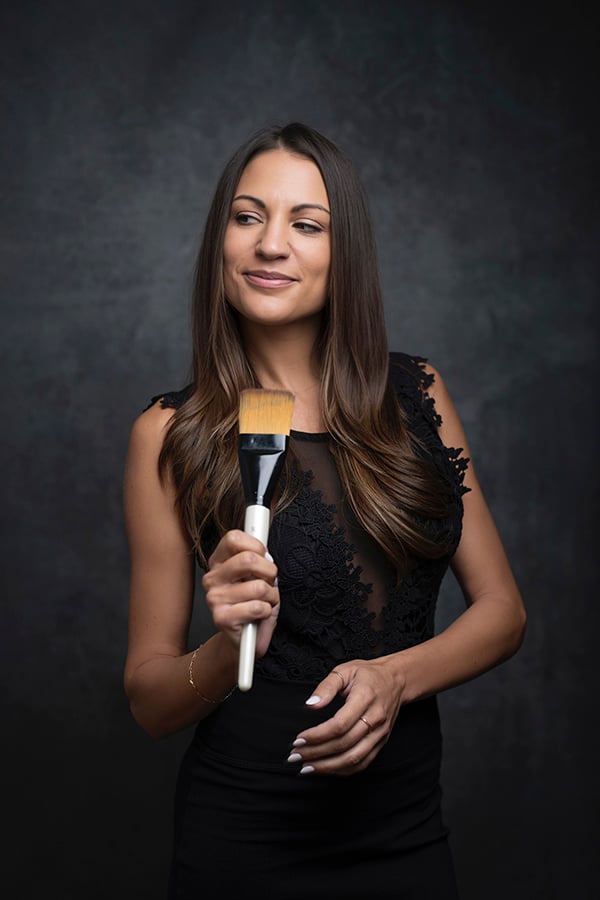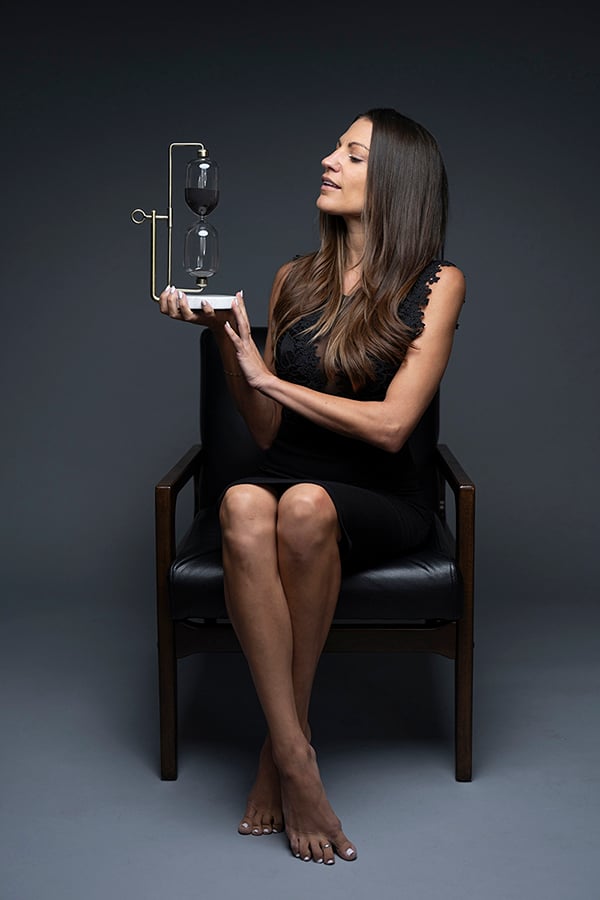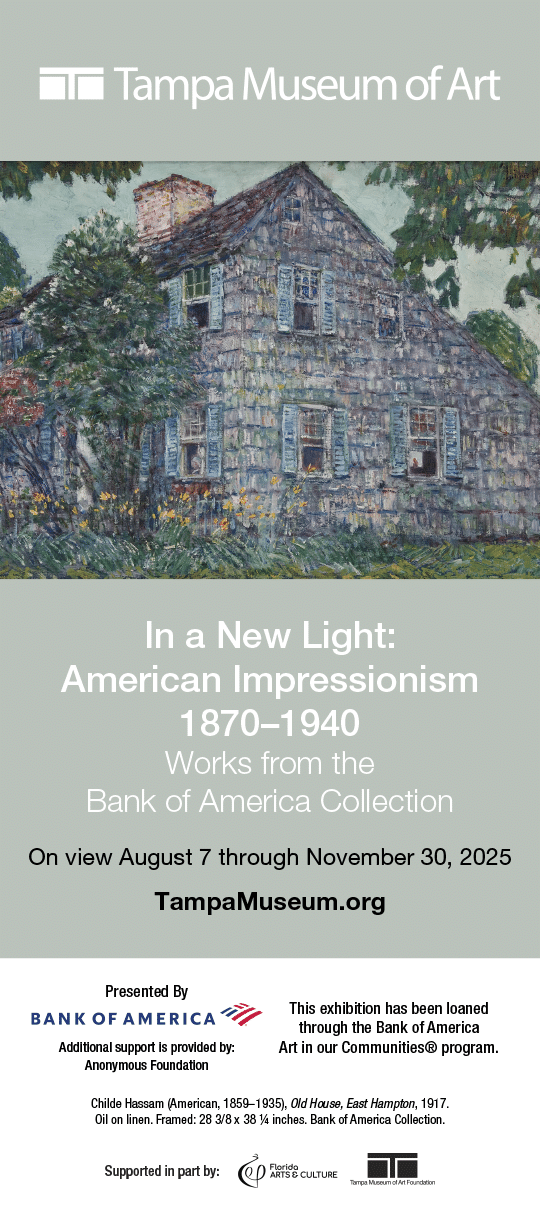The Perfect Portfolio: Curating Your Artistic Evolution
You are not Walmart, and your portfolio is not a list of products for sale. It is the first true telling of your artistic story, and it can make or break opportunities with collectors, galleries, or juried shows. Think of it as a living narrative: it should showcase growth, appeal to collectors, adapt to trends when needed, and always preserve your unique voice.



- Celebrate Your Growth
Start by assessing your body of work. Which themes, techniques, or materials define your artistic voice? Create a timeline and highlight milestones that reveal your evolution—style changes, new mediums, or significant commissions. Archive works that no longer fit your vision, unless they hold weight through awards or sales. These moments of growth tell a story that collectors will appreciate. - Curate Intentionally
Aim for 10–15 high-quality works that connect as a whole. Technical mastery is key, but cohesion matters more. If you’ve experimented with different mediums, organize them into series or themes so the viewer understands the through-line. Random subjects can confuse collectors and deter future interest. Think of the impression you want to leave, and make sure your selections align with that narrative. - Market Trends, A Little Influence
Stay authentic, but pay attention to what’s resonating in the art world. Platforms like Art Basel or Saatchi Art can reveal current trends—large-scale abstracts, textured surfaces, or bold figurative work. Artists like Warhol and Picasso incorporated cultural trends without losing themselves. Try testing one trend-inspired piece to gauge its fit before diving deeper. - Know Your Voice and Story
Collectors buy stories as much as they buy art. Define your voice with three to five words—such as vibrant, raw, expressive, textured—and use them as filters for new work. If a piece feels outside your norm, frame it as part of a series to maintain consistency. Update your artist statement yearly to reflect your evolving message and keep your narrative clear. - The Annual Checkup
Your portfolio should evolve alongside your career. Every 12–18 months, review it with fresh eyes. Add new works that strengthen your story and archive those that no longer fit. Pay attention to feedback—what resonates with collectors or sparks conversation? Feature those works more prominently. Responding to your audience isn’t selling out; it’s smart strategy.
Recap
A portfolio is more than a collection of images—it is your creative evolution in motion. It should highlight growth, adaptability, and your authentic voice while presenting a cohesive and compelling story. Curate with care, refine regularly, and embrace the journey. With this approach, your portfolio will captivate collectors and reflect the artist you are becoming. And always, my love, keep creating.












